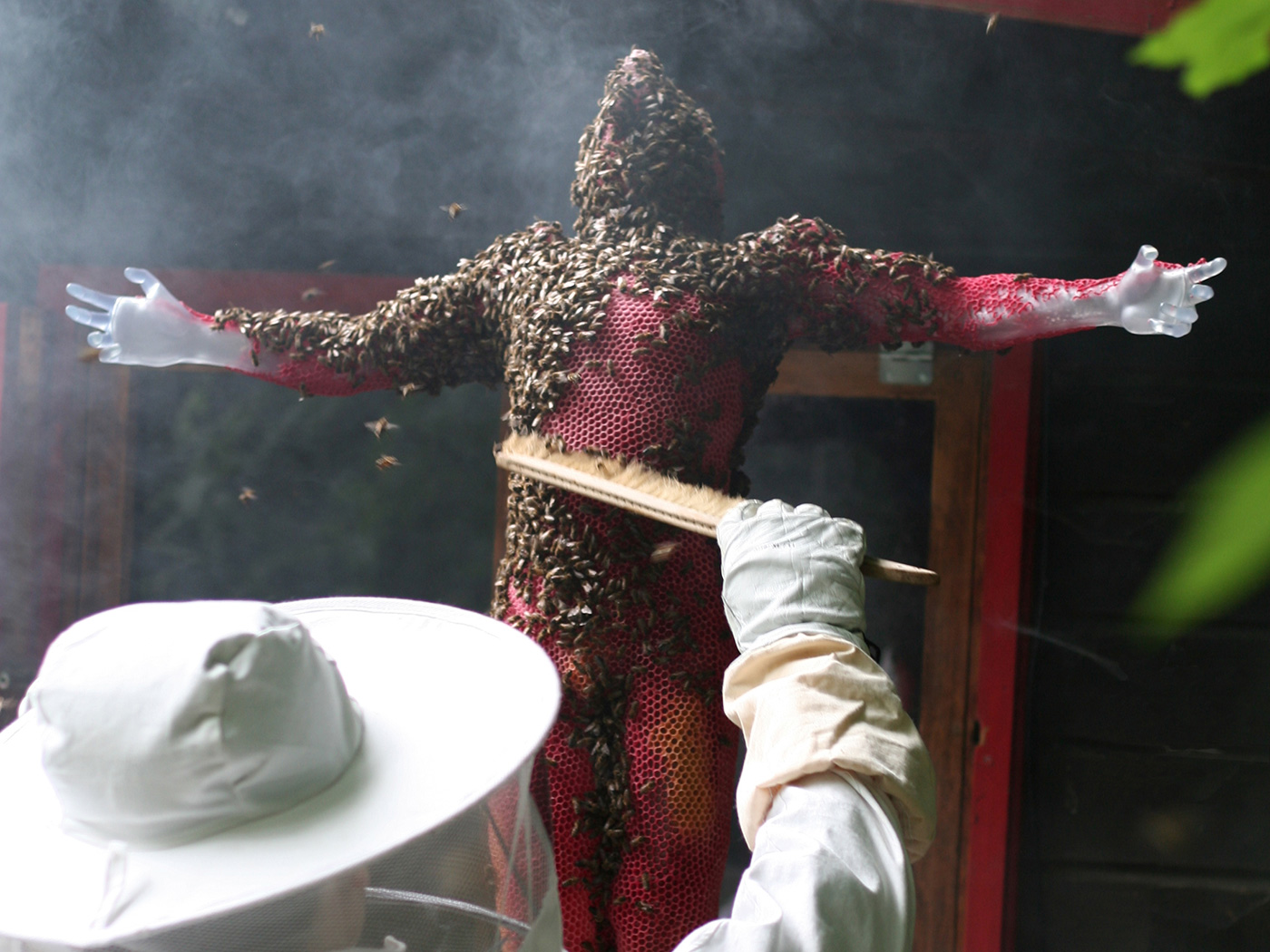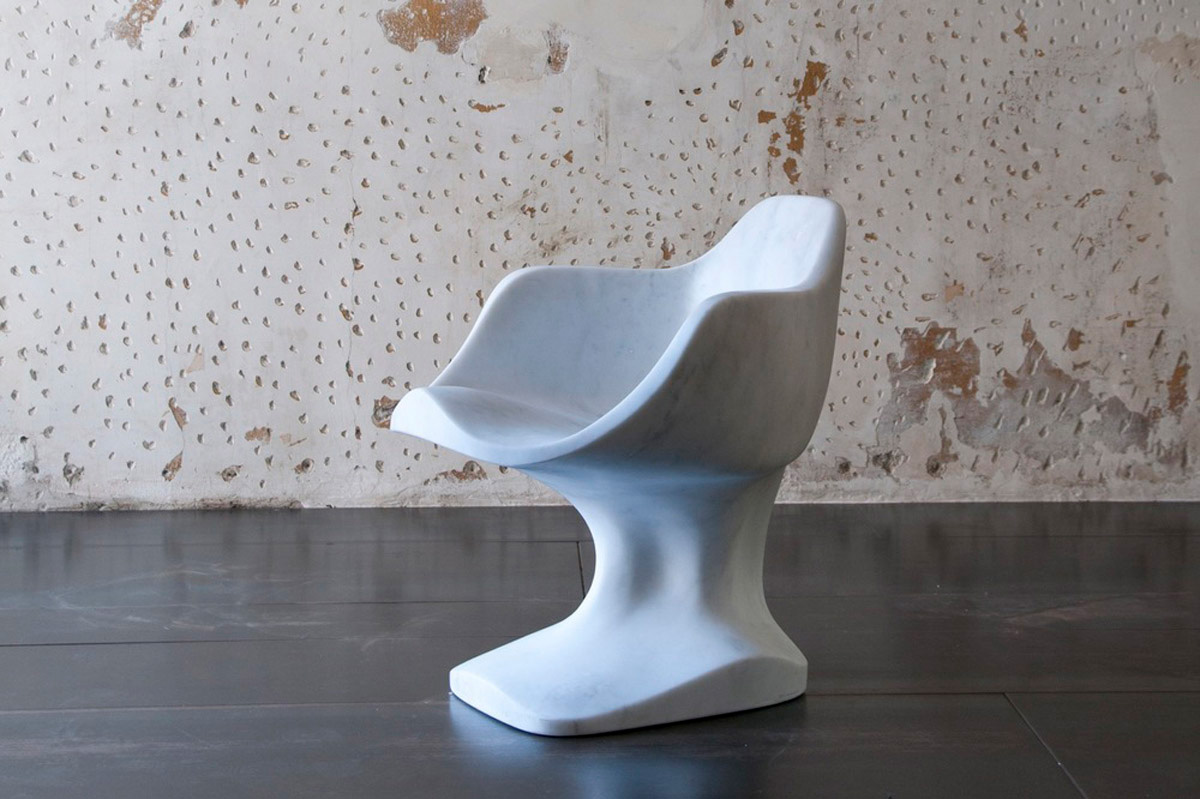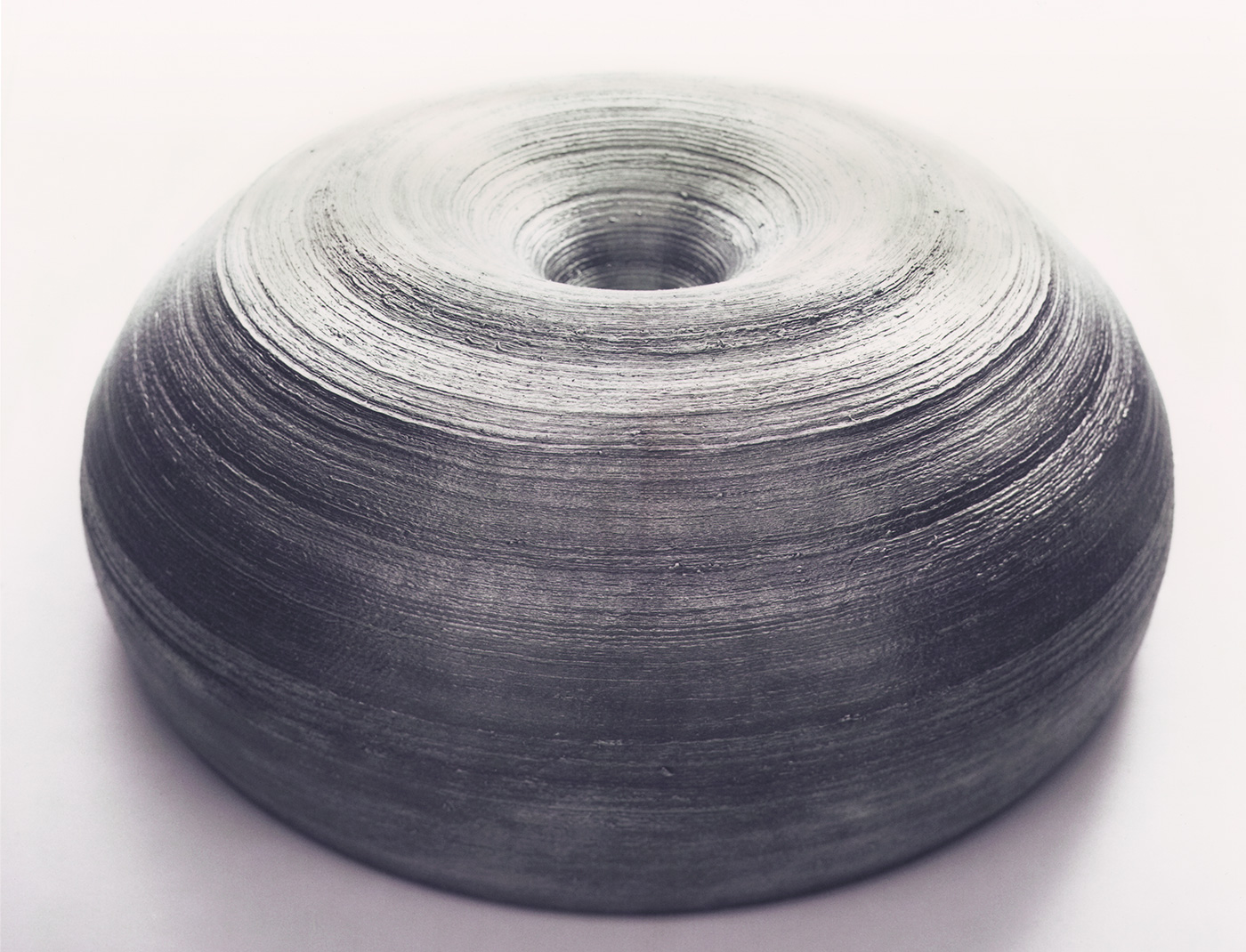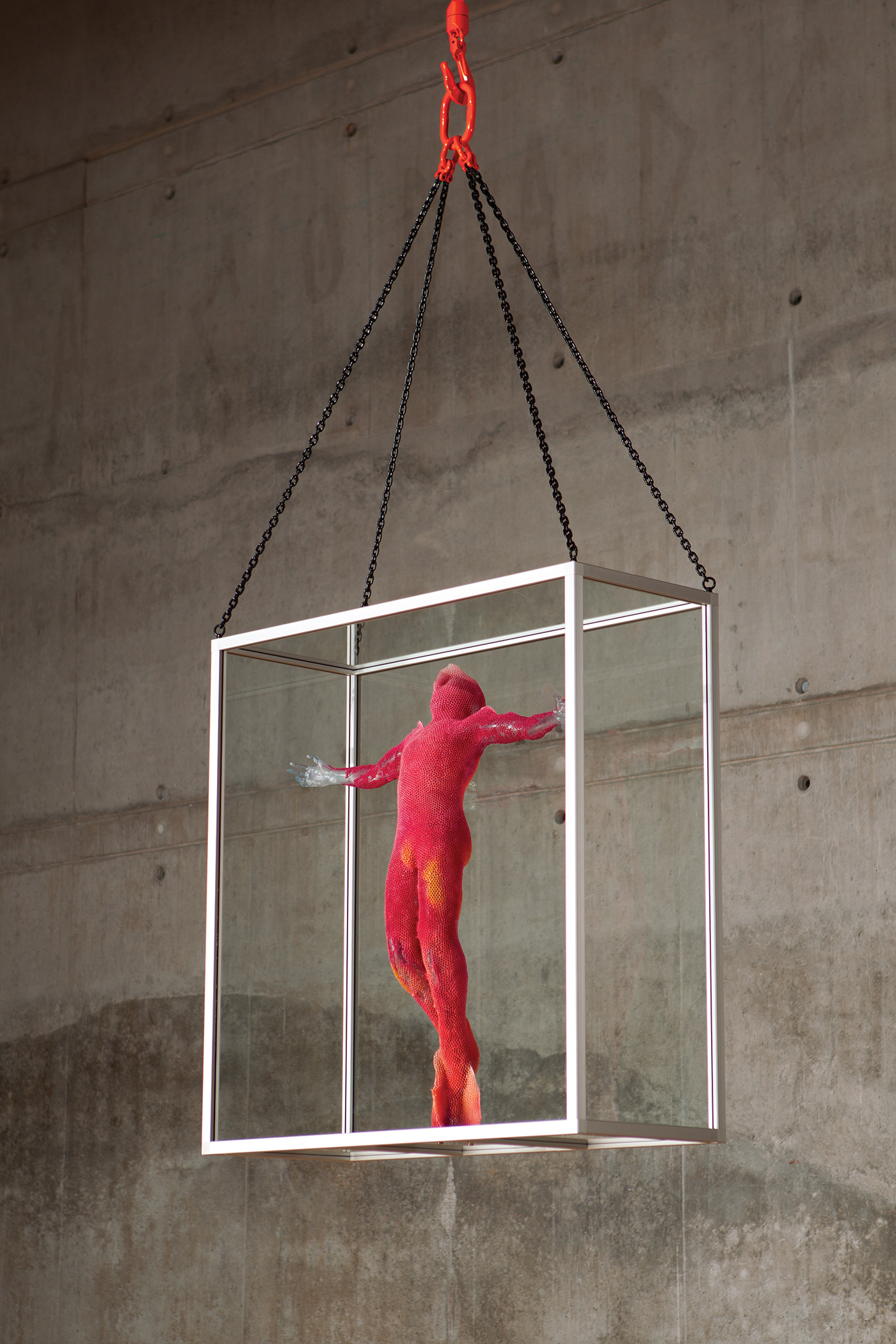Tomáš Libertiny is an artist and designer whose work harnesses the latest in man-made and organic technology to create poetic and engaging art pieces. Libertiny’s experimental and conceptual approach has produced award-winning design objects that appear in installations and permanent exhibitions around the world. You can see Libertiny speaking at Semi-Permanent 2015, Auckland, on July 3 and 4, at the Victory Convention Centre. Here, he talks to HOME editor Jeremy Hansen about the philosophy behind his bee collaborations, chair designs and his imminent arrival in New Zealand.

You started your beeswax works – collaborations with bees, really – in what you’ve said was partly a reaction to modern society’s interest in slick design. Do you feel society is now waking up to the plight of bees, and to environmental problems in general? That there might be a desire for less slickness and consumerism and a little more care?
My first ideas on the subject were more intuitive than rational observations even though I was later able to find words for it. When I made the first successful pieces in spring of 2006 it took me time to really grasp the importance of it. The “made by bees” has really struck on the right note. It went beyond an object and fitted perfectly as symbol for the upcoming environmental issues that later strongly emerged in the media. It is clear now that in the last five years the creative elites have embraced the nature responsible and holistic approach to design, architecture and even free work. Lets hope it is not hype and some of its core values will embed in our lives in decades to come.


You shaped your chair using body casts. What motivated you to do this, and how did you decide on a form that suited the greatest range of body types?
The project started really as a study on comfort seating (still continues in my studio). The idea was to involve flexibility in the forms that would allow for better comfort as well as weight distribution and thus the better blood flow. The frame of the lounge chair did not come to life until very late stage in the project. The sitting experience was my primary experiment. The relative lightness and simplicity of the forms were not the main priority. I do not understand the fetish of minimal forms that sacrifice health and comfort for the sake of graphic power (chair as a beautiful aesthetic object).
We are still working on exciting new sitting concepts.

You’ve studied engineering and design as well as sculpture and painting. Is the best design work a blend of these left- and right-brain activities, or do you prefer to see it another way?
It may work for some and may not work for others. The first book my father, an architect, gave me was a book about The Renaissance. Everything there was really well designed and made, paintings, sculpture, architecture and what is even more important were innovative, used technological breakthroughs to their full advantage, engaged audiences in ways that were dramatic but still elegant. All the characters had in common that quality of mind that is hungry for knowledge in every aspect of human activity and that has appealed to me ever since.
You’re coming to New Zealand. Have you been here before? What are you looking forward to the most?
Unfortunately, I have never been to New Zealand and I am very much looking forward to it. I had the pleasure of having couple assistants in my studio from there and heard a lot about it. I am hoping to be surprised.







